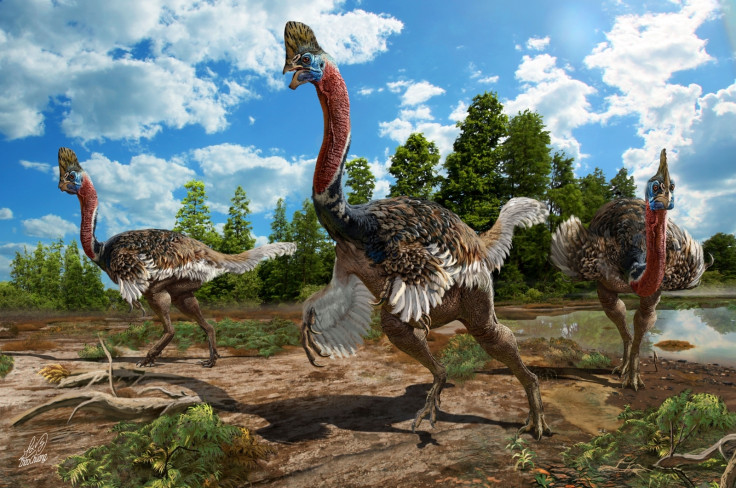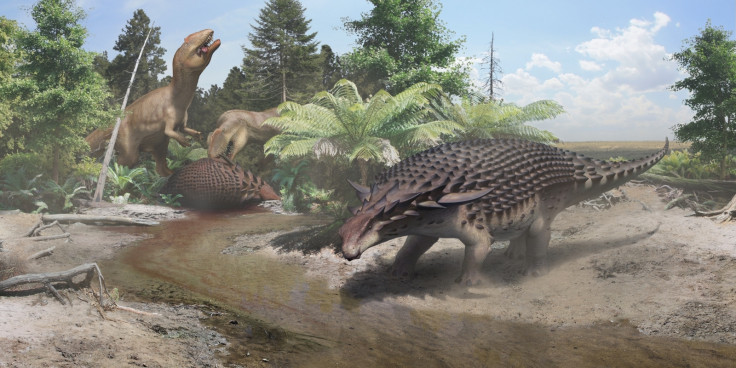70 million-year-old fossil proves dinosaurs liked to cuddle
Three dinosaurs lay entombed together after disaster struck.

Dinosaurs have acquired a bad reputation of the past couple of million years for not being the most affectionate of species.
But a newly discovered fossil from 70 million years ago shows three young dinosaurs snuggling up together after they were struck by disaster.
It is thought that a thick layer of ash or soil – presumably from a volcanic eruption or sand storm – poured over the reptiles, who were the size of large dogs, before they died within minutes.
The Sunday Observer reports that the dinosaurs lay entombed for 70 million years and were cradled beside each other within a slab of rock.
After US scientists uncovered their remains earlier this year, the analysis of the fossilised bones – which come from the Gobi desert – unveiled the first ever known example of roosting among dinosaurs.
A recent meeting at the Society of Vertebrate Palaeontology in Calgary outlined the discovery, which has caused excitement in the science world. The diverse group of reptiles were not recorded as group sleepers in the past, a trait exhibited by many modern species including crows and bats.
Alberta University's Gred Funston said of the fossilised trio of dinosaurs in the journal Nature: "The trio had quite a close bond. They were living together at the time of death."

It is not known what type of dinosaurs they were as of yet, but were described as having domed crests on their heads. They are believed to have walked on two legs and are most akin to the cassowary – the giant flightless bird found today in northern Australia and New Guinea.
Dinosaurs were far from the solitary lone rangers as depicted in the past, as they were exhibiting sophisticated social interactions in the middle of the Jurassic period.
Edinburgh University's Stephen Brusatte said: "This is a spectacular discovery for it shows these were animals that were living together in flocks like birds do today. They probably had feathers, although they could not fly. However, they were undoubtedly social creatures."
The news comes as a remarkable fossilised skeleton of a tyrannosaur discovered in the Bureau of Land Management's grand Staircase-Escalante National Monument in southern Utah was airlifted by helicopter last week (15 October).
The fossil is approximately 76 million years old and is one of Utah's ferocious tyrannosaurs that walked western North America between 66 and 90 million years ago during the Late Cretaceous Period. It was delivered to the Natural History Museum of Utah where it will be examined.





















